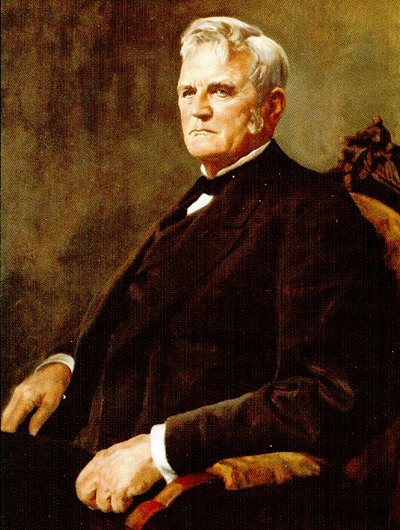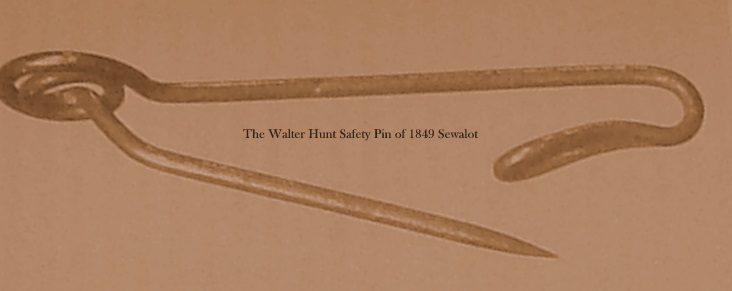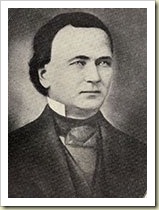COMPOSER’S LAST NAME:
Chopin
In his own words...
"One needs only to
study a certain positioning
of the hand in relation to the keys
to obtain with ease the most beautiful sounds,
of the hand in relation to the keys
to obtain with ease the most beautiful sounds,
to know how to play long notes and short notes
and to [attain] certain unlimited dexterity...
and to [attain] certain unlimited dexterity...
A well formed technique, it
seems to me, [is one]
that can control and vary a beautiful sound quality."
that can control and vary a beautiful sound quality."
COMPOSER’S FIRST NAME:
Fryderyk Francois
COUNTRY OF ORIGIN:
Poland
NAME 5 FAMOUS COMPOSITIONS WRITTEN BY THIS
COMPOSER:
1. Nocturne in E flat major, op. 9, no. 2, 1832.
A nocturne (from the French for "nocturnal") is usually a musical composition
that is inspired by, or evocative of, the night.
Nocturne Op. 9 No.2
Performed by Arthur Rubinstein
2. Étude Op. 10, No. 12 in C minor
Revolutionary Étude, 1831
Revolutionary Étude, 1831
This is a
solo piano work and is the 12th of his
first set of etudes - "Douze Grandes
Etudes" dedicated to his friend Franz Liszt. The étude appeared around the same
time as the November Uprising in 1831. Chopin was unable to have a strong
participating role because of his poor health, and allegedly he poured his emotions
on the matter into many pieces that he composed at that time; the Revolutionary
Étude standing out as the most famous example. This piece was written as a gift to his native Poland.
Etudes" dedicated to his friend Franz Liszt. The étude appeared around the same
time as the November Uprising in 1831. Chopin was unable to have a strong
participating role because of his poor health, and allegedly he poured his emotions
on the matter into many pieces that he composed at that time; the Revolutionary
Étude standing out as the most famous example. This piece was written as a gift to his native Poland.
An étude (a French
word meaning study), is an
instrumental musical composition,
most commonly of considerable difficulty, usually designed to provide practice
material for perfecting a particular technical skill.
most commonly of considerable difficulty, usually designed to provide practice
material for perfecting a particular technical skill.
The Revolutionary Étude was inspired by 1831 Russian attack on Warsaw, during the November 1830-31 Uprising
Revolutionary Etude Op.10 No.12 in C Minor
Performed by Vladimir Horowitz
3. Prelude Op. 28, No. 7, 1839

Prelude Op. 28 No. 7 in A major
A prelude is a short piece
of music,
usually in no particular internal form, which may
serve as an introduction to succeeding movements of a work that are usually longer
and more complex. It generally features a single rhythmic and melodic motif that is
used in every measure throughout the piece. Stylistically, the prelude is
improvisatory in nature.
serve as an introduction to succeeding movements of a work that are usually longer
and more complex. It generally features a single rhythmic and melodic motif that is
used in every measure throughout the piece. Stylistically, the prelude is
improvisatory in nature.
4. Waltz in D-flat Major, Op. 64 No. 1, 1846-1847
This first
waltz of Opus 64 was written for George Sand’s dog. Chopin, was trying
to depict a
dog chasing its tail; indeed, Chopin originally named the piece "Petit chien" (Little Dog). It is nicknamed Minute
Waltz, although it would be madness to play it within the time of one. Despite its nickname,
a typical performance of the work will last between one and a half and two and a half minutes; this is because Chopin's
publisher, who coined the nickname, intended the "minute" to mean "small."The waltz, though considered by many to be
brilliant, is not grand, and it is not long. It is more playful than many of the other waltzes. The sustenuto of the central section is a typical feature of many Chopin waltzes, where often a swiftly moving section is set off against a contemplative middle section.
dog chasing its tail; indeed, Chopin originally named the piece "Petit chien" (Little Dog). It is nicknamed Minute
Waltz, although it would be madness to play it within the time of one. Despite its nickname,
a typical performance of the work will last between one and a half and two and a half minutes; this is because Chopin's
publisher, who coined the nickname, intended the "minute" to mean "small."The waltz, though considered by many to be
brilliant, is not grand, and it is not long. It is more playful than many of the other waltzes. The sustenuto of the central section is a typical feature of many Chopin waltzes, where often a swiftly moving section is set off against a contemplative middle section.
5. Polonaise in A major, Op. 40, No. 1,
Military Polonaise, 1838
Military Polonaise, 1838
“Polonaise
in A major” is the symbol of Polish glory.
The polonaise (Polish:
polonez, chodzony; Italian:
polacca)
is a rather slow dance of Polish origin, in 3/4 time.
Its name is French for "Polish.
is a rather slow dance of Polish origin, in 3/4 time.
Its name is French for "Polish.
NAME SOME FAMOUS PEOPLE WHO WERE ALSO ALIVE
DURING THIS COMPOSER’S LIFETIME:
LITERATURE:
Washington Irving 1783-1859
"Rip Van Winkle," 1819
Rip van Winkle - the title character is about a man who sleeps for 20 years
and doesn't recognize the world when he wakens.
and doesn't recognize the world when he wakens.
Sarah Josepha Hale 1788-1879
She was called “the Mother of the
American Thanksgiving,” because as editor,
of the popular and influential nineteenth
century publication known as Godey's Lady's Book
Victor Hugo 1802-188
"Hunchback of Notre Dame," 1831
"Hunchback of Notre Dame" 1831 by Victor Hugo
Quasimodo is the hunchback of Notre Dame.
(The actor Charles Laughton as Quasimodo in the 1939 film version.)
He lives in the bell tower of Notre Dame and rings the bells, which have made him become deaf.
4. Sand, George (Aurore Dudevant)
George Sand (Aurore
Dudevant), 1804-1876
She
was a French writer who Chopin had a
10-year relationship with from 1837 to 1847.
Sand's
reputation came into question when she began sporting men's clothing in public
which she justified by the clothes being far sturdier and less expensive
than the typical dress of a woman at the time. In addition to being comfortable,
Sand's male dress enabled her to circulate more freely in Paris
than the typical dress of a woman at the time. In addition to being comfortable,
Sand's male dress enabled her to circulate more freely in Paris
than most of
her female contemporaries could, and gave her increased access
to venues from which women were often barred.
to venues from which women were often barred.
Her most widely used quote being, "There is only one happiness in life, to love and be loved."
MUSIC:
1. Liszt, Franz
Austrian-Hungarian pianist and composer, 1811-1886

German composer and pianist, 1809-1847
He was a great
admirer of Chopin’s work
HISTORY:
1. Monroe, James 5th President of the U.S. 1758-1831
James Monroe
2. Polk, James K. 11th President of the U.S. 1795-1849
James K.
Polk
3. English Queen Victoria, 1819-1901
Portrait
of Queen Victoria – 1837
At age 18 she ascended the British
throne following the death of her uncle, King William IV (b.1765).
She ruled
for 63 years to 1901.
Franz Xaver Winterhalter (1805-73) painting of Queen Victoria and Prince Albert and children
ART:
1. Turner, J.M.W. 1775-1851
Turner self-portrait
Joseph Mallord William Turner was an
English landscape painter who is renowned
especially for his dynamic treatment of natural light effects on land and marine subjects.
His work is of direct importance in the development of impressionism.
especially for his dynamic treatment of natural light effects on land and marine subjects.
His work is of direct importance in the development of impressionism.
“The Battle of Trafalgar" by J. M. W. Turner, 1822
2. Bingham, George Caleb 1811-1879
Bingham “Self Portrait of the Artist”
(1834-35)
“The
Emigration of Daniel Boone” 1851 by Bingham
3. Delacroix, Eugene 1798-1863
Self-portrait by Eugene Delacroix
French Romantic painter and close friend of Chopin,
1798-1863
“George Sand and Frédéric Chopin” by Eugène Delacroix,
1838
NAME SOME FAMOUS HISTORICAL, SCIENTIFIC,
AND OR LITERARY HAPPENINGS THAT TOOK PLACE DURING THIS COMPOSER’S LIFETIME:
1. Daguerreotype Photography, 1839
The daguerreotype
method of photography chemically fixed an image onto a polished silver-plated sheet of
copper.
This may be a little known second photograph of Chopin,
a daguerreotype from 1846 0r 1847 (photographer unknown).
a daguerreotype from 1846 0r 1847 (photographer unknown).
Invented by
Louis-Jacques-Mande Daguerre
2. John Deere Steel Plow, 1833
John Deere 1804-1886
Invented by
Walter Hunt 1797-1859
Invented by
Abner
Doubleday 1819-1893
Americans began playing baseball in the 1840s. It was derived from
the British game called rounders.
President Polk triggered the Gold Rush of '49
by confirming that gold had been discovered in California in 1848.
by confirming that gold had been discovered in California in 1848.
DESCRIBE WHAT YOU THINK THIS COMPOSER’S
OVERALL COMPOSITIONAL STYLE IS AND WHAT IS DISTINCTIVE ABOUT IT.
Chopin’s music is considered to be Romantic in style because it is passionate and imaginative with the melodies tending to be longer and the tempos more extreme and contrasted.
This is due to the fact that the era he was living in
was a time of great revolutions. (This
was also the time of the American Civil War.) Also, as the Industrial Revolution replaced people
with machines, people fought back with their feelings and emotions.
The Romantic period was also the age of the virtuoso. A virtuoso is a musician
who "shows off" his talents by playing very difficult sections of the
music and these performers who were as popular as today's rock stars.
During this time the piano was the most popular instrument and Frederic Chopin was one of the best known composers of piano music. Old instruments were improved and new instruments were invented; the tuba, saxophone, and celeste were three new instruments that were invented during this time.
During this time the piano was the most popular instrument and Frederic Chopin was one of the best known composers of piano music. Old instruments were improved and new instruments were invented; the tuba, saxophone, and celeste were three new instruments that were invented during this time.
Chopin’s music is also called “Nationalistic” because his music
speaks to feelings of patriotism and freedom by adding
traditional folk styles (Polish mazurkas and polonaises)
into the classical form.
Nationalism is having love of one's country and the desire to see one's country free from invaders.
speaks to feelings of patriotism and freedom by adding
traditional folk styles (Polish mazurkas and polonaises)
into the classical form.
Nationalism is having love of one's country and the desire to see one's country free from invaders.
He invented some musical
forms, such as the ballade, but his most significant contributions where his innovations
made within existing structures such as the piano sonata, waltz, nocturne,
étude, impromptu and prelude.
WRITE YOUR
PERSONAL OPINION ABOUT THE MUSICAL STYLE OF THIS COMPOSER AND EXPLAIN.
IF POSSIBLE, CAN YOU LIST ANY INTERNET WEB
ADDRESSES
ABOUT THIS COMPOSER?
ABOUT THIS COMPOSER?
MISCELLANEOUS COMMENTS:
Chopin's compositions helped to expand the technical and expressive range of the piano by demanding more from the pedal and touch of the piano keyboard than had ever been asked for before.
Chopin's Piano
Called the "Poet of the Piano," he is widely regarded as one of the most famous, influential, admired and prolific piano composers of his time.
Always in fragile health, he succumbed to pulmonary tuberculosis at the age of 39 but leading Polish medical experts think that DNA tests
on his heart -- perfectly preserved in what appears to be cognac -- could prove
he suffered from cystic fibrosis.
http://www.supercoloring.com/image_print.php?img_src=http://www.supercoloring.com/
wp-content/original/2009_07/frederic-chopin-coloring-page.jpg
wp-content/original/2009_07/frederic-chopin-coloring-page.jpg
Things to Think About
1. Can you identify some modern-day
virtuosos?
What does it take to be a virtuoso?
What does it take to be a virtuoso?
2. Why do some people need to show
off?
Do you like to show off your talents?
Why or why not?
Do you like to show off your talents?
Why or why not?
3. How does your family
celebrate where they are from?
4. A Romantic is someone who
dreams big dreams,
is very emotional, and has strong feeling about things.
Do you know anyone you would consider a Romantic?
Are you a Romantic?
is very emotional, and has strong feeling about things.
Do you know anyone you would consider a Romantic?
Are you a Romantic?
5. How did the September 11th bombing
of the World
Trade Center make Americans more Nationalistic?
Give examples.
Trade Center make Americans more Nationalistic?
Give examples.
6. Can you explain the difference
between music
of Africa, Japan, and Mexico?
If you can, you understand Nationalistic music.
of Africa, Japan, and Mexico?
If you can, you understand Nationalistic music.
7. Can you name any popular
literature or movies today
that would fit the definitions of the Romantic period?
Defend your position.
that would fit the definitions of the Romantic period?
Defend your position.
Why Chopin?
and
Other Questions
By Garrick Ohlsson





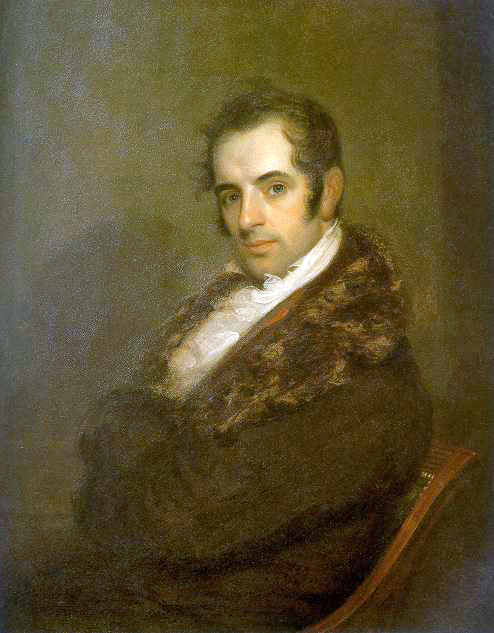

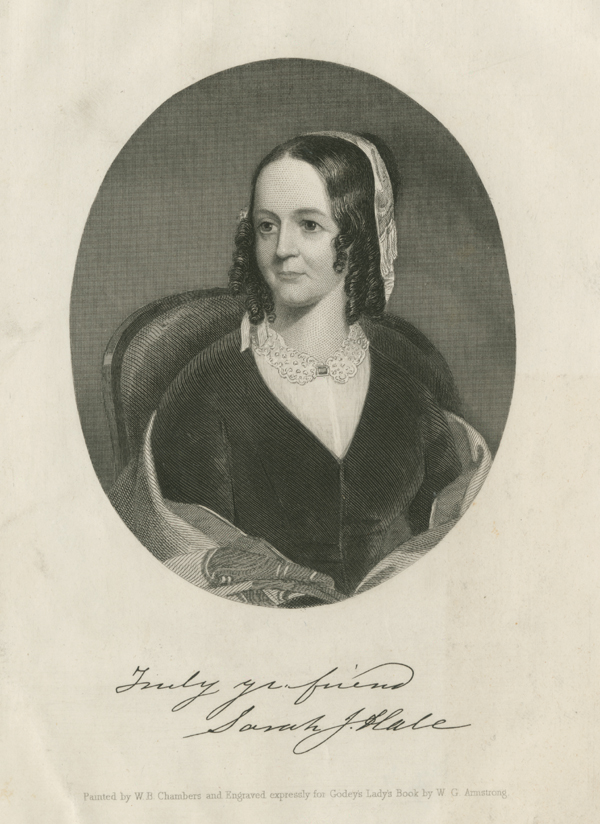








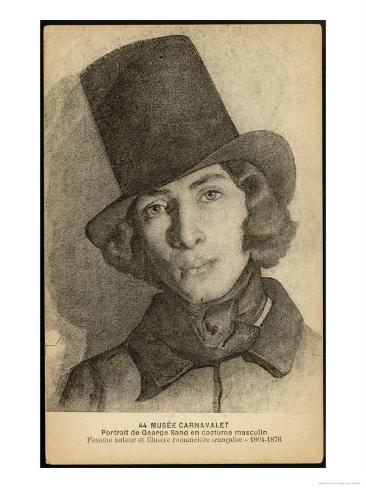





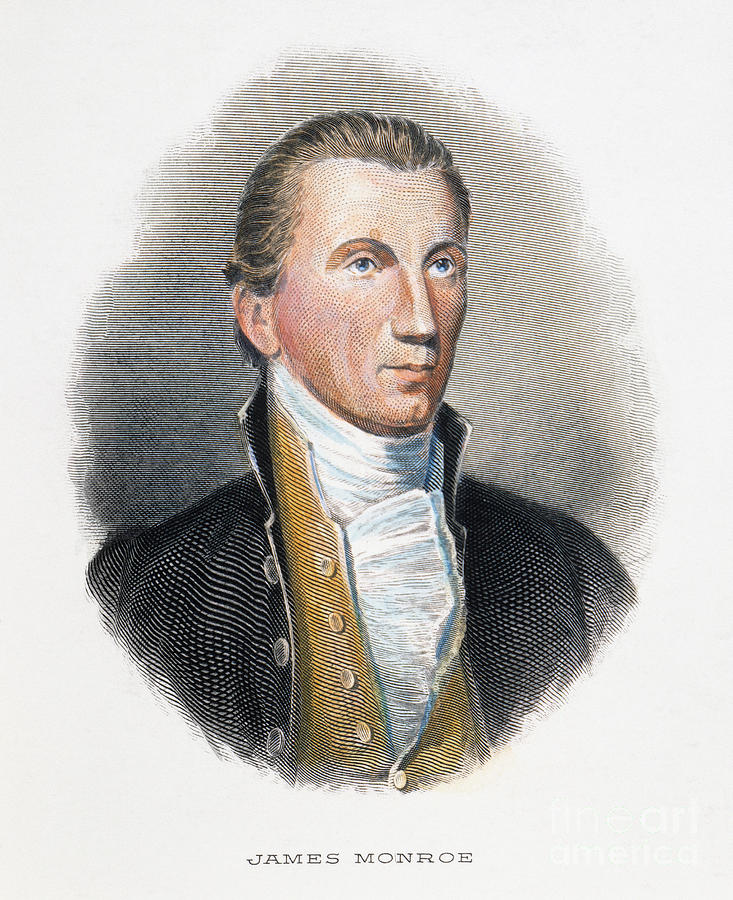





.jpg)








